In Hindu mythology, the source of all creation, Brahma, is said to have created all types of beings – Gods, demons and men from his own body. He has four heads which are symbolic of the four Vedas. He initially had five heads, one of which was cut off by Shiva in a fit of anger.
He is considered to be one of the supreme triad, Brahma, Vishnu and Mahesh (Shiva).
So why do we not see many Brahma temples?
While the worship of Shiva, Vishnu, Durga, Ganesh and other Gods in their various forms is widely prevalent, we seldom come across a temple dedicated to Brahma.
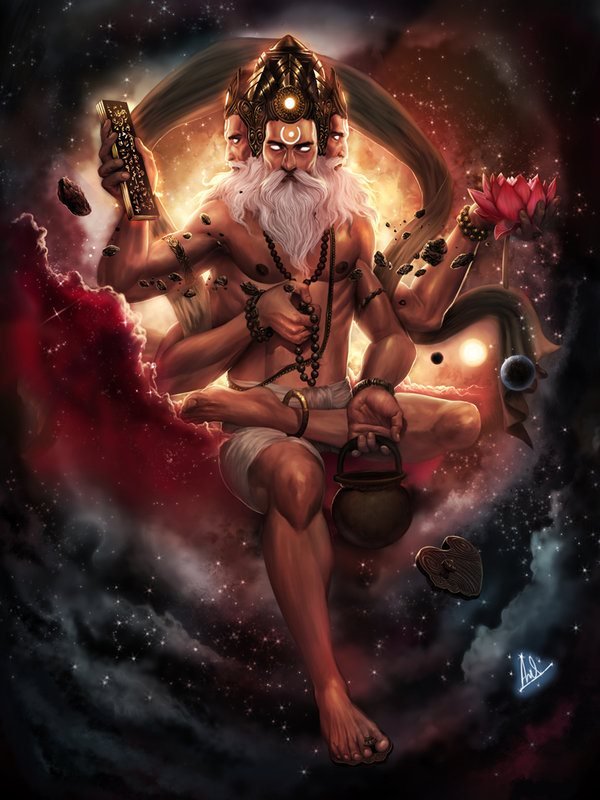
There are answers scattered throughout mythology and as mythology goes, myriad as it is, theories differ widely.
One theory holds that the Gods we generally worship, are warriors.
Most temples are dedicated to Shiva (the destroyer) with his fiery eye, his terrible dance of destruction and his fearsome trident or Vishnu (the protector) with his spinning discus (sudarshan chakra) which metes out death or Durga wielding a sword, arrows and bow and an assortment of weapons. Even Hanuman is worshiped in north India and Karthikeya in both northern and southern parts of India.
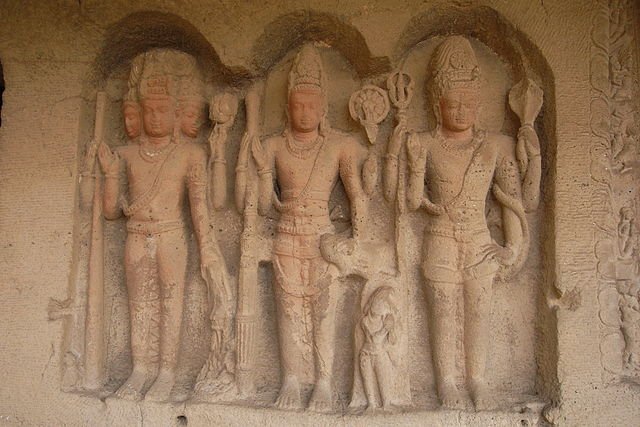
Temples dedicated to Gods and Goddesses like Saraswati (goddess of learning) and Brahma (God of creation) are seldom found. This proves mankind’s fascination with Gods of action who can strike fear in their hearts. They felt that is more important to appease the destroyer, than the creator.
The more commonly heard version however, is that Brahma is accused of incest with his daughter variously known as Satarupa, Gayatri, Saraswati, Savitri and Brahmani.
The story goes that Brahma had created a stunning woman to aid him in creation. However, infatuated by her beauty, he started pursuing her. An embarrassed Satarupa, tried to avoid his gaze but he sprouted a new head in every direction to keep looking at her. Satarupa had the ability to transform into hundreds of lifeforms and she converted into every animal to make Brahma desist but he turned into the male form of every animal she transformed into and so, it is said, the animal kingdom was created. This continued till Satarupa caved in and Brahma lived with her for hundreds of years; note that a day for Brahma is the rise and decline of one cycle in the world of mortals.
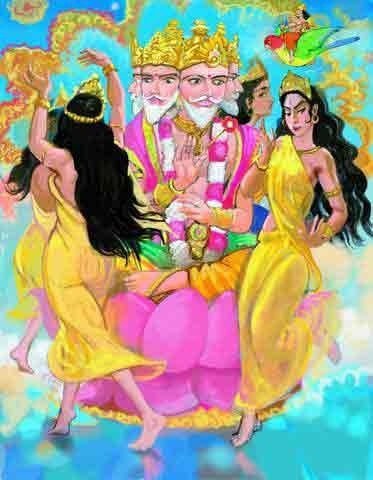
Shiva, ashamed of Brahma’s licentious behaviour, cut off his fifth head and cursed him that nobody would worship him on Earth. As the basic tenets of Hinduism advocate rising above base desires (like gluttony, lust, greed etc) to attain salvation, Brahma had set an unethical example for mankind to follow. It is believed that the semi-barbaric Aryan society was then steeped in sexual practices, even incest and the story was meant to instill fear of punishment for incest.
Another mythological story recounts a great quarrel between Vishnu and Brahma about which God is the greatest in the triad.
When the clash started going out of hand, other Gods invoked the help of Shiva to step in and settle the difference. Shiva assumed his lingam form (the phallic form that symbolised creation) which was made of flaming fire which reached the heavens and stretched down till the nether regions, underneath the earth.
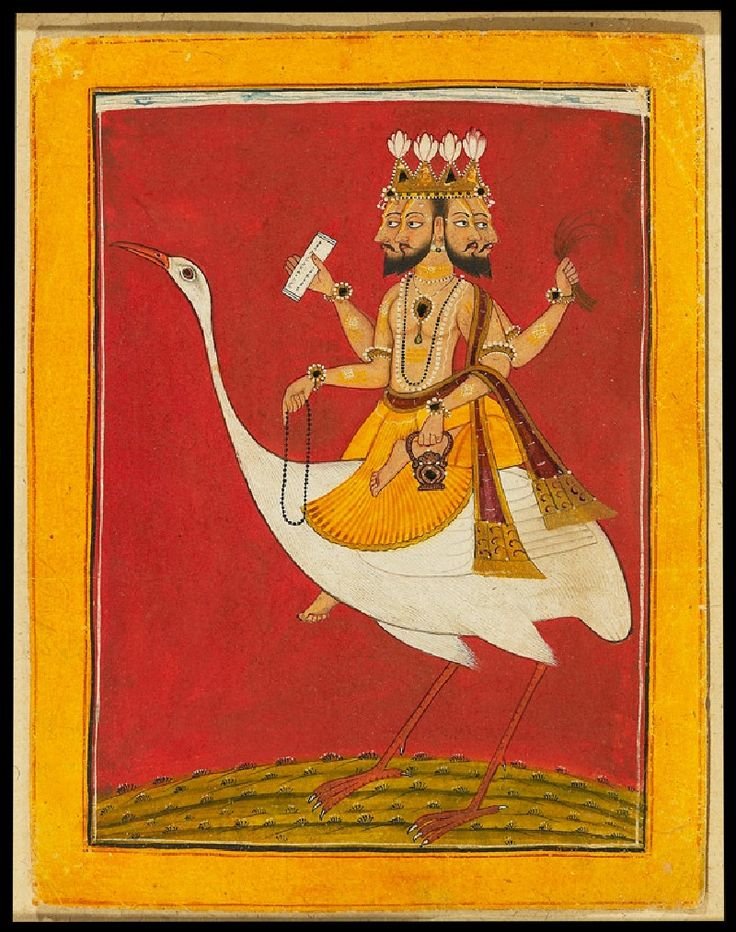
The challenge was to reach any end of the lingam to decide whose supremacy was the greatest. While Brahma took the shape of a swan and flew upwards to determine where the lingam ended, Vishnu transformed into a boar and descended into the nether regions. Realising that Shiva had outwitted them, Vishnu returned and acknowledged Shiva as the supreme God. Brahma on the way upwards met the Ketaki flower and convinced it to lie on his behalf, that it had observed Brahma reach the uppermost end of the lingam.
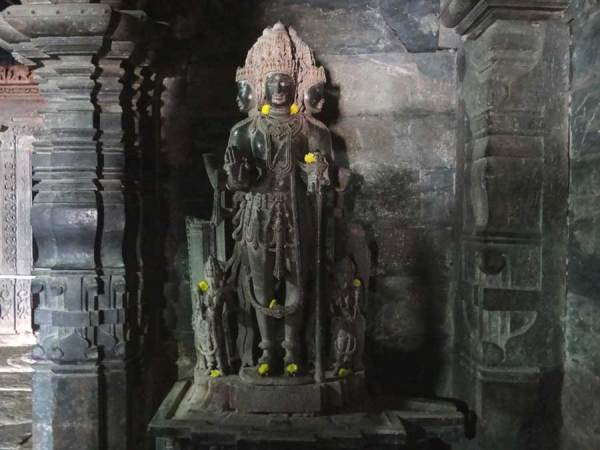
When the Ketaki flower lied to Shiva, an enraged Shiva cursed Brahma that he would not be worshiped and cursed the flower that it would not be used in any religious ritual.
Other mythological stories abound, some meant to instill fear in the minds of people to make them desist from immoral activities.
Brahma temples are few in India and one of the prominent ones in India is Jagatpita Brahma Mandir at Pushkar in Rajasthan. Thought the temple structure dates as far back as 14th century, the temple is generally believed to be 2000 years old.
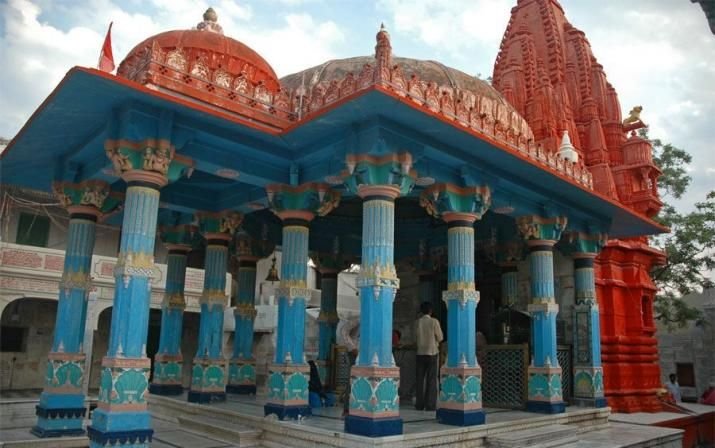
Lord Brahma temple in Kumbakonam, Tamil Nadu is among the other Brahma temples scattered around India. This temple is over 500 years old and has an idol of Brahma with his two consorts Gayatri and Saraswati.
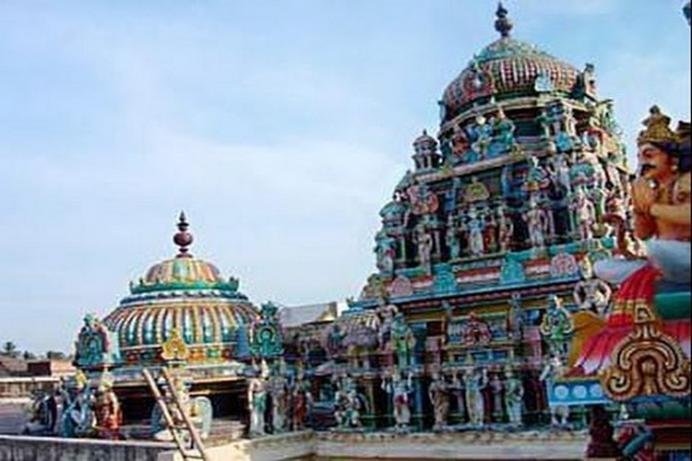
Chaturmukha Brahma temple in Chebrolu, Andhra Pradesh is another such temple which was built over 200 years ago by Raja Vasireddy Venkatadri Naidu. Brahma is worshiped along with Shiva here.
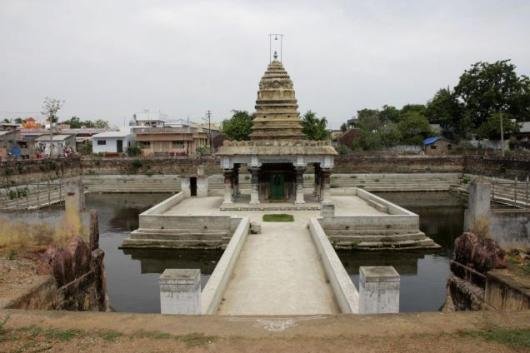
Other Brahma temples in India are namely Brahmapureeswarar Temple in Thirupattur (Trichy or Thiruchirapalli, Tamil Nadu) and Thirunavaya in Kerala.

















